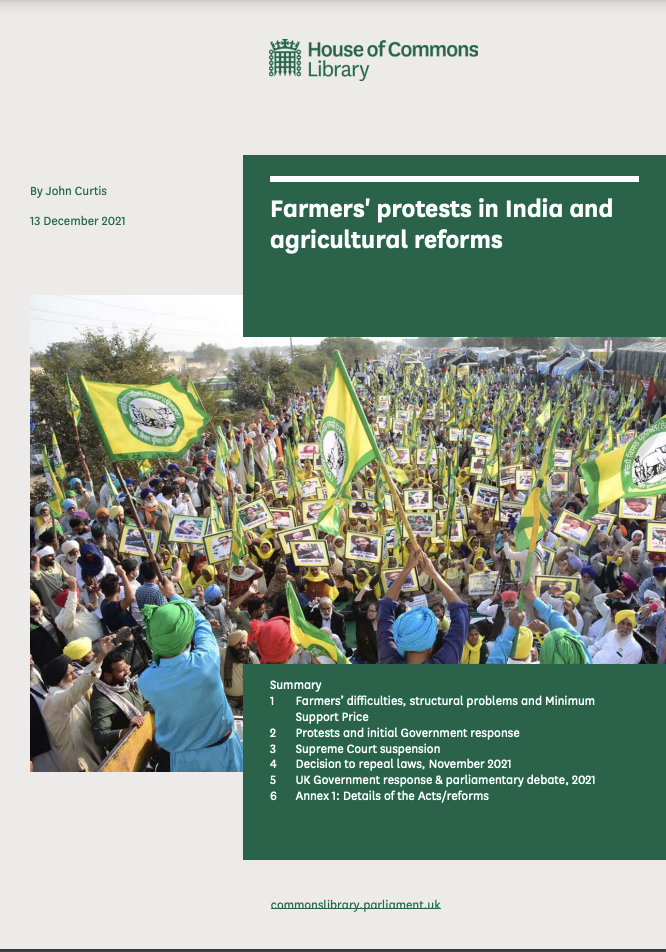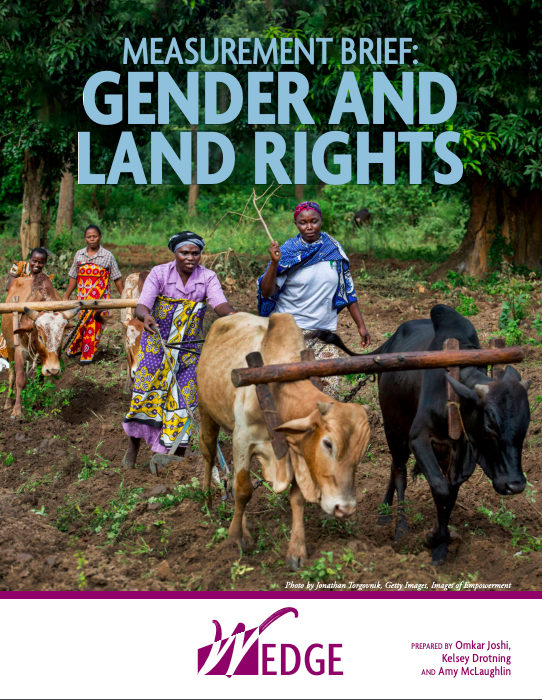Situational analyses on cowpea value chain in Zambia: the case of an untapped legume
Cowpea (Vigna unguiculata (L.) Walp) is a vital legume crop for Zambia’s urban and rural households. The crop is an important legume used as human and animal food and as a component of the agricultural production system, which improves the fertility of many depleted soils because of its ability to fix atmospheric nitrogen. Government through the ministries of health and agriculture recommend its’ use. Despite the importance of cowpea in the nation, there is limited information on the crop along with its’ value chain components.





